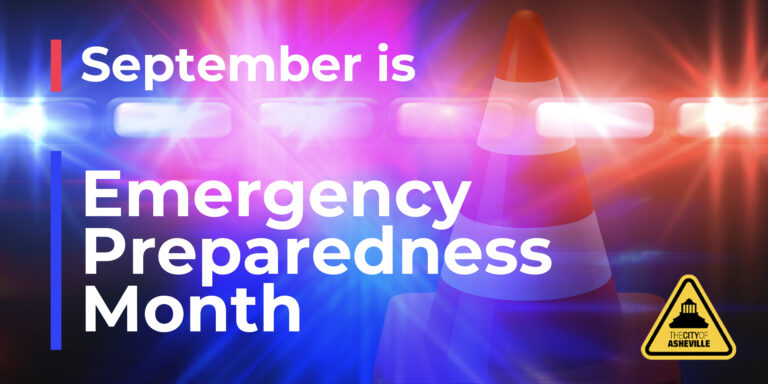Make a plan for your family
Make a preparedness plan today. Your family may not be together if a disaster strikes. Know how you will contact each other and reconnect if separated. Take these steps found on the ready.gov website:
Step 1: Put a plan together by discussing these questions with your family, friends or household to start your emergency plan.
- How will I receive emergency alerts and warnings?
- What is my shelter plan?
- What is my evacuation route?
- What is my family/household communication plan?
- Do I need to update my emergency preparedness kit?
Step 2: Consider specific needs in your household.
Do you have young children or elderly people in your household? Do you have people with disabilities? Do you need to consider special medical equipment and prescriptions? Your needs will be unique to your family.
Step 3: Create a Family Emergency Plan.
Consider using the template on the ready.gov website.
Step 4: Practice your plan with your family/household.
In the event of an emergency, you may need to survive without electricity or public utilities for several days. It can be uncomfortable, but with some advance preparation and building an Emergency Preparedness Kit, you can have food, water, medicines and other supplies on hand to last several days which can help to ease your comfort level.. Emergencies can be overwhelming and in some cases scary for children and teens. Ready.gov offers resources for practicing your emergency plan with your family as well as teaching kids how to prepare.
How do you prepare an Emergency Preparedness Kit?
First, consider the people (and pets!) in your household. Follow this suggested list from ready.gov:
- Water – one gallon per person per day (for a family of 4 without electricity or water for two days, you would need 8 gallons of water)
- Food – a several day supply of non-perishable food including ready to eat canned foods (soups, fruit, canned meat), protein or fruit bars, dried fruit, canned juices
- Battery powered flashlights and radios
- Prescription medications for all family members
- First aid kit
- Use the Emergency Supply List found a ready.gov
A kit for work
What if you were trapped at work for 24 or 48 hours? What would you need to survive? Consider these items – food, water, medicines, comfortable walking shoes – all stored in a ‘grab and go’ case.
A kit for your car
Severe weather conditions or accidents could potentially leave you stranded for hours at a time. Be sure your car has plenty of fuel. Put these items in your car to be prepared for emergencies: non-perishable food, jumper cables, ice scraper, car cell phone charger, and blankets.
Preparing for your pet
Make sure your pet is microchipped – and your contact information is up to date. If you are separated from them, when they are found a shelter or veterinarian can contact you but only if your info is up to date! Add these things to an Emergency Preparedness Kit for your furry friend.
- Food, in an airtight container, waterproof container
- Water for several days
- Medicine – keep an extra supply of medicine on hand
- First aid kit for pets – ask your vet what is appropriate for emergency medical needs
- Traveling crate
- Familiar items for your pet – favorite toys, treats, blankets
- A picture of you and your pet together – to help identify ownership
How and where do you store an Emergency Preparedness Kit?
After the items in your kits are assembled, it is important to maintain them and keep them up to day. Replace expired items as needed and rethink your items as your family’s needs change. Items should be stored together, in a container that you can carry with you like a plastic tote or large duffel bag. The Kit should be kept in a cool and dry place.
Prepare now, be ready tomorrow. Find additional resources at ready.gov.
